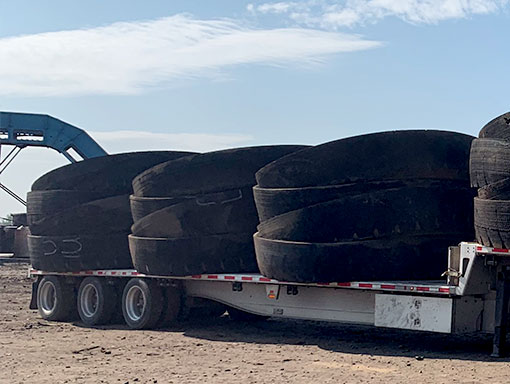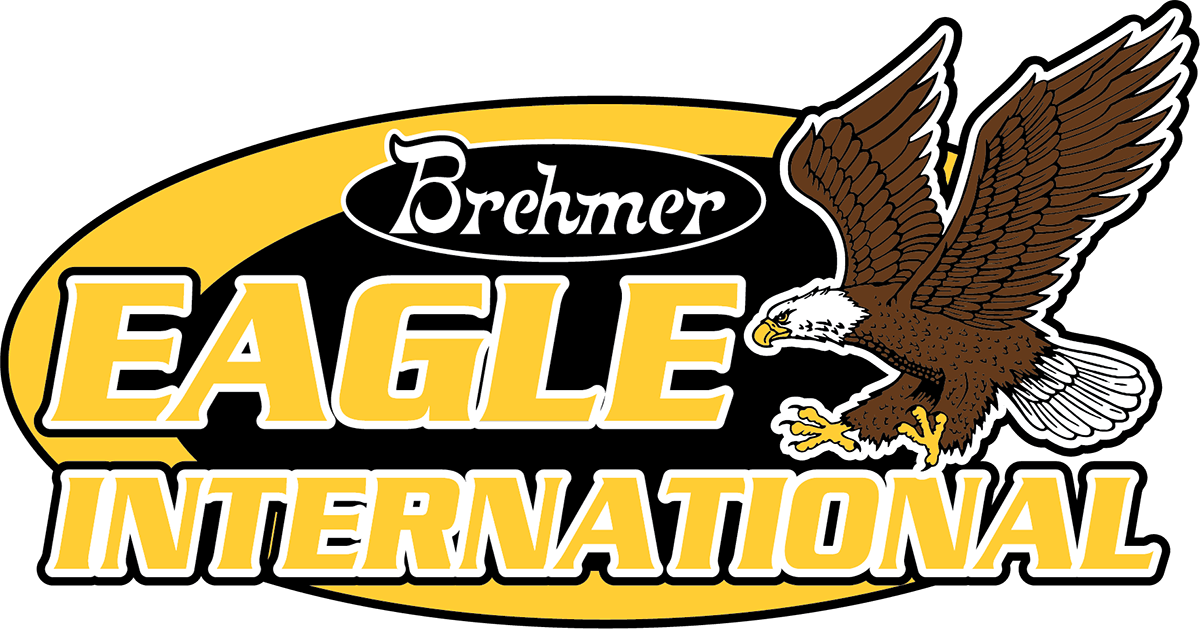Benefits of Tire Reduction
Tires are designed to be durable and long-lasting; this means that they are also difficult to recycle. It is a problem that persists across the globe, even in the midst of a recycling revolution. One of the barriers preventing a circular economy around tires are quantities – almost 3 million tires are discarded in the United States alone, annually.
“Take them to the landfill,” you say? Sure, but most landfills require you to cut a tire into at least three sections before accepting it. When buried, tires trap methane gasses inside of them and tend to work their way up toward the surface. This causes problems at landfills because they take up excessive amounts of space and tear through liners that are meant to stop hazardous chemicals from leaching into the ground. “Can’t you burn the tires?” Burning tires in an uncontrolled environment releases toxic compounds into the air.
So, what can we do with all of these tires? There are processes in place that cut, slice, and bale tires for use in other industries. This is where Eagle International steps in. Take a look at our list of recycling options below:

Upcycling
Sidewalls, once cut from the tire, can be used as
- Weights for livestock feed storage pit covering (silage/haylage/corn)
- Weights for highway construction traffic drums
- Mulch rings for newly planted trees
Uses for tire treads include:
- Bumpers for loading docks
- Bumpers for boat docks
- Matting for livestock stalls
Baled tires can be used in:
- Retaining walls
- Grain storage
- Terracing
- Damns
- Impact barriers
- Erosion control,
- Rifle range backstops
- Sound barriers

Shredding
The most common avenue for waste tires is shredding. Tires are put through a grating machine that chunks them into various sizes of crumble. The smaller the crumble, the more times it needs to be shredded. Crumb rubber is used in artificial turf, road work, running track surfacing, ground cover for playgrounds, and non-decomposing mulch.
Shredding machines can take a beating from tire stocks. Blades wear down from the large tires and amounts of steel that are pushed through the machine. Eagle equipment reduces the size of tires by cutting them into more manageable sizes. We also build a line of debeaders that will cleanly pull the steel bead from the tire – yet another piece of the tire that can be recycled.
Downsizing the tire also allows shredding companies to accept larger tire sizes, broadening the range of tires that can be shredded by one machine.
Benefits of downsizing before shredding:
- Reduce the wear and tear on shredding machines
- More efficiently process a greater number of tires
- Separate the bead for scrap
- Cutting large OTR tires into easily transportable sizes
- Increase maximum tire sizes accepted, even OTR

Pyrolysis
We mentioned burning tires as an unacceptable option at the top of this article. However, there is a safe way to do it that requires special facilities. Pyrolysis is a process that burns the tire in a controlled, oxygen-free environment that allows the molecules in the tire to break down into four products: oil, syngas, steel, and recovered carbon black (RCB). The oil can be refined and blended with diesel fuel, syngas is used as the fuel for the pyrolysis process, steel can be recycled, and RCB is used in various black rubber and plastic products.
Benefits to downsizing before pyrolysis:
- Reducing the size of OTR tires allows for a more even and efficient burn
- Reducing size to increase flow of stock
- Makes transporting stock easier
As you can see, there are a variety of avenues for recycling tires and Eagle manufactures machines that can help accomplish your goals. Click the button below to visit our products page and view our selection of tire-recycling equipment including our line of tire shears, sidewall cutters, and bead removers.
